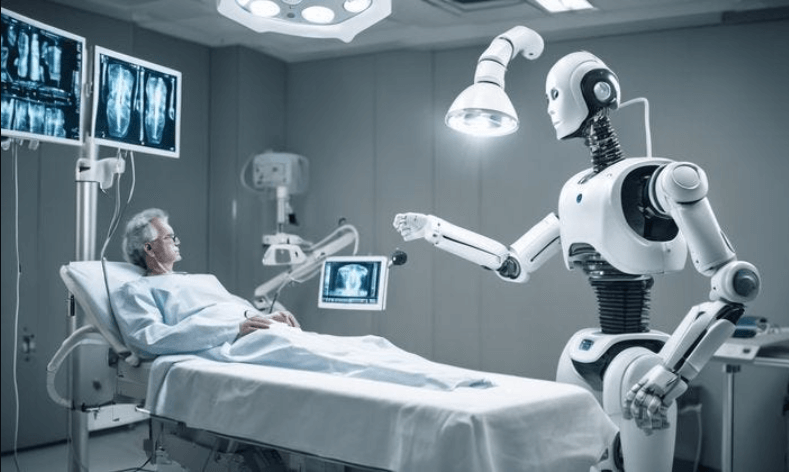The Impact of Robotics and Automation on Healthcare Industries
The integration of robotics and automation into healthcare industries represents a significant shift in both surgical and administrative practices. Robotic-assisted surgeries offer increased precision, while automation enhances operational efficiency across various tasks. These innovations promise to improve patient care and accessibility amidst growing demands. However, the challenges associated with implementation and adaptation remain critical concerns. Understanding these complexities is essential for evaluating the true impact of technology on healthcare delivery.
Advancements in Robotic-Assisted Surgery
As advancements in technology continue to transform various sectors, robotic-assisted surgery has emerged as a pivotal innovation in healthcare.
This technique provides unparalleled robotic precision, enhancing surgical outcomes through minimally invasive procedures.
See also: paydayloanswarehouse
Automation in Administrative Tasks
Although healthcare is often associated with direct patient care, the role of automation in administrative tasks has become increasingly vital in enhancing operational efficiency.
By implementing automated systems, healthcare organizations can achieve significant workflow optimization and streamline data management processes.
These advancements reduce human error, accelerate information retrieval, and allow personnel to focus on more strategic initiatives, ultimately fostering a more effective healthcare environment.
Enhancing Patient Care Through Technology
The integration of technology in healthcare extends beyond administrative efficiencies to significantly enhance patient care outcomes.
Telehealth innovations facilitate remote consultations, allowing patients to access medical expertise regardless of location.
Meanwhile, wearable devices monitor real-time health metrics, empowering individuals to take charge of their well-being.
Together, these advancements foster a more proactive healthcare environment, ultimately promoting improved health outcomes and patient satisfaction.
Challenges and Considerations in Implementation
How can healthcare organizations effectively navigate the complexities of implementing robotics in patient care?
Addressing regulatory hurdles is essential, as compliance can impede progress.
Furthermore, effective workforce training is crucial to ensure staff can integrate and operate new technologies efficiently.
Conclusion
In conclusion, the integration of robotics and automation in healthcare serves as a double-edged sword, carving pathways to enhanced precision and efficiency. As surgical robots navigate the intricate landscape of human anatomy with the finesse of a skilled artist, automated systems streamline administrative burdens, allowing healthcare professionals to focus on what truly matters: patient care. However, this technological evolution demands careful navigation of challenges to ensure that the benefits are fully realized, illuminating a brighter future for healthcare delivery.





